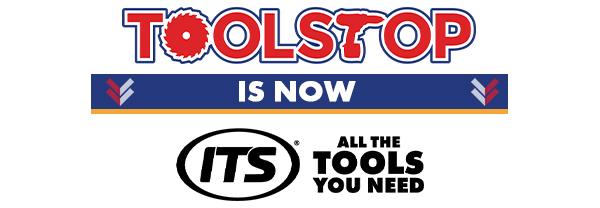Breakers & Demolition Drills
Breakers and demolition drills deliver unmatched power for breaking concrete, masonry, and brickwork. Ideal for heavy-duty construction and demolition, they make dismantling tough materials easier and faster.
Who Uses Breakers & Demolition Drills?
Professionals in construction and demolition rely on these drills to handle the toughest materials with precision and control.
- Demolition Experts – Break concrete walls and slabs efficiently.
- Construction Workers – Prep sites by removing old concrete or brick structures.
- Renovators – Perfect for dismantling walls and removing hard surfaces.
Breakers & Demolition Drills Are Great for Jobs Such As:
- Breaking up concrete – Quickly dismantle paths, driveways, or large slabs.
- Removing masonry – Efficiently break down brick walls and structures.
- Floor preparation – Clear away old flooring and tough adhesive materials.
How to Choose the Best Breaker or Demolition Drill
Choosing the right breaker or demolition drill depends on the type and scale of your project. Here are some important features to consider for powerful and efficient demolition work:
1. Impact Energy
Impact energy, measured in joules, indicates how powerful a breaker is for demolishing hard materials like concrete. Higher impact energy is essential for tougher, thicker materials, making the job quicker and easier.
2. Vibration Control
Vibration control is key for comfort and safety, especially during prolonged use. Advanced vibration control systems reduce hand and arm fatigue, making it easier to handle large jobs without strain.
3. Weight and Portability
Consider a balance between weight and power. Heavier models offer more impact but may be challenging for overhead or vertical tasks. For greater flexibility, opt for a manageable weight that matches your specific project needs.
4. Bit Compatibility
Check bit compatibility for versatility across various tasks. Most breakers accept a range of chisels and bits, from pointed chisels for precise breaking to flat chisels for surface removal, giving you the right tool for each job.
5. Motor Type and Power
Electric, hydraulic, or pneumatic motor types each offer distinct benefits. Electric models are ideal for general construction, while pneumatic drills are powerful but require a compressor, making them better for industrial use.
Popular Accessories for Breakers & Demolition Drills
Using the right accessories can improve the efficiency, comfort, and safety of your demolition work. Here are three essential accessories to get the most out of your breaker or demolition drill:
1. Chisel Bits
Chisel bits come in various types, including pointed and flat chisels, each designed for specific demolition tasks. These bits allow you to break through concrete, masonry, and tile with precision, making it easier to complete your project efficiently.
2. Dust Extraction System
A dust extraction system helps keep your workspace clean and reduces exposure to harmful dust particles. This is especially beneficial when breaking concrete or masonry indoors, ensuring a safer environment and better visibility.
3. Anti-Vibration Gloves
Anti-vibration gloves reduce hand and arm strain during extended use, making heavy-duty demolition work more comfortable. By absorbing vibration, these gloves improve comfort and help protect you from fatigue and strain injuries.
Frequently Asked Questions
What is a demolition drill used for?
A demolition drill, or breaker, is used to break up hard materials like concrete, brick, and masonry. It’s ideal for heavy-duty tasks in construction, such as removing old concrete slabs or dismantling walls. This tool is essential for demolition projects where brute force is required.
How is a demolition drill different from a regular drill?
Unlike regular drills, which are designed to make holes, demolition drills use high impact to break up materials. They don’t rotate but instead deliver powerful hammering blows, making them suitable for breaking concrete rather than precise drilling. This is why they are often called breakers.
What safety precautions should I take when using a breaker?
Always wear protective gear, including eye protection, gloves, and ear defenders, as breakers are loud and can produce flying debris. Anti-vibration gloves can also reduce hand fatigue, and using a dust extraction system helps manage dust. Ensure the area is clear of bystanders for safety.
What is the best type of chisel bit for concrete?
For concrete, pointed chisel bits work well for breaking and starting demolition, while flat chisel bits are best for wider, surface-level work. Using the correct bit not only speeds up the job but also minimizes wear on the tool and bit, making the process smoother and more efficient.
Can I use a demolition drill for small household projects?
Demolition drills are typically overpowered for small household tasks. They’re designed for breaking heavy materials like concrete or brick, making them more suitable for construction or major renovations. For light demolition or DIY tasks, consider a smaller, less powerful tool like a rotary hammer.



